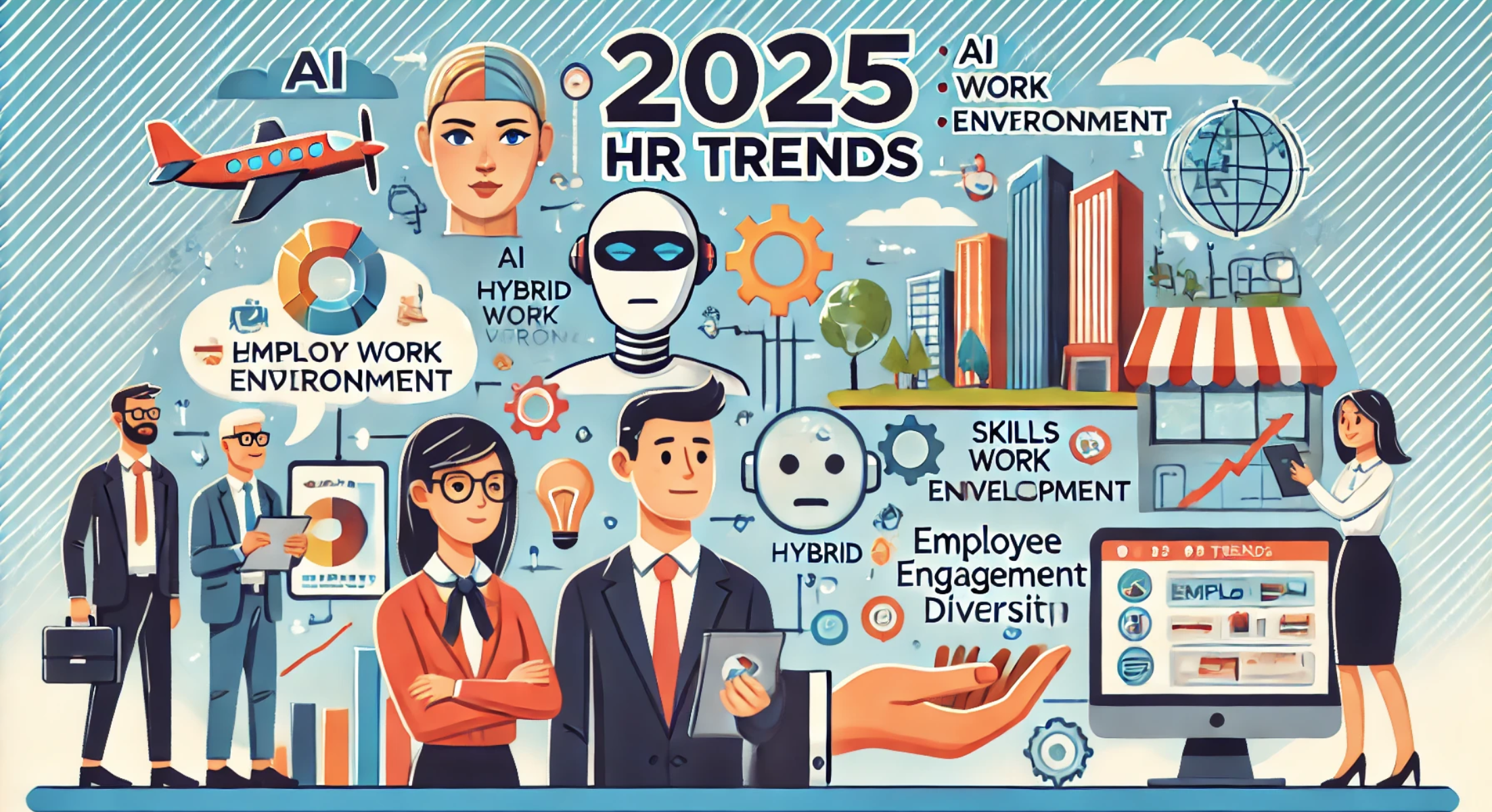 HR trends
HR trends
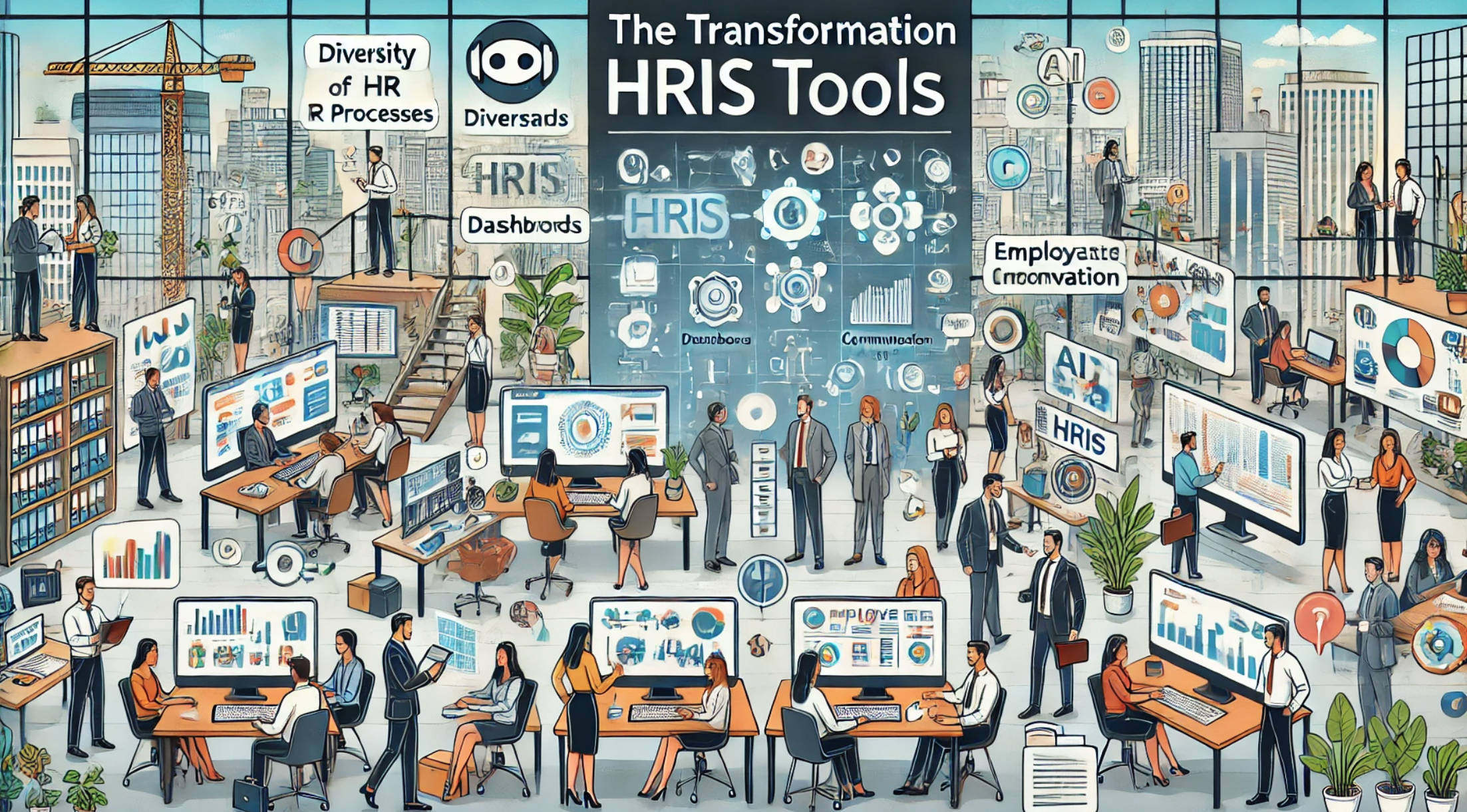 HR trends
HR trends
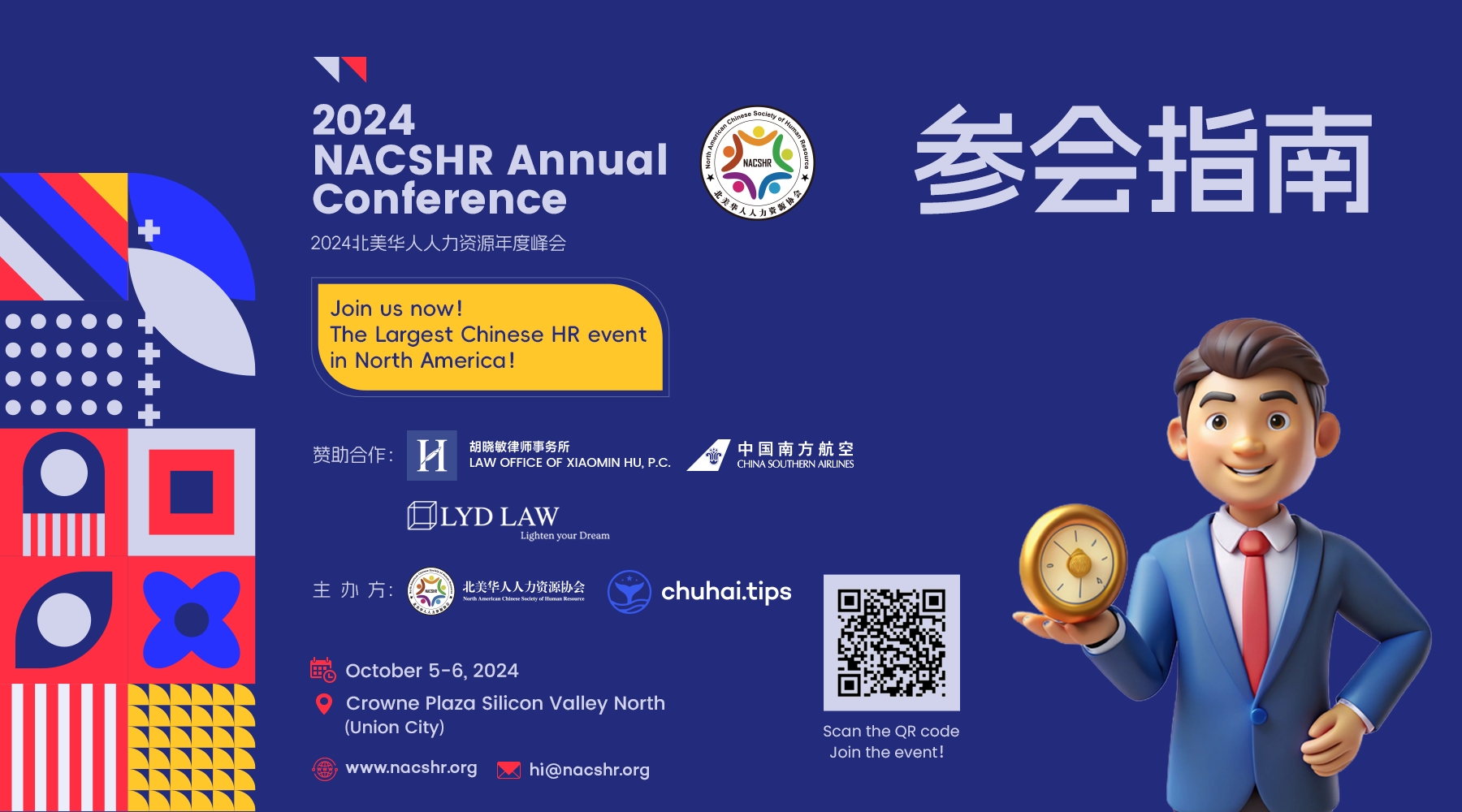 HR trends
HR trends
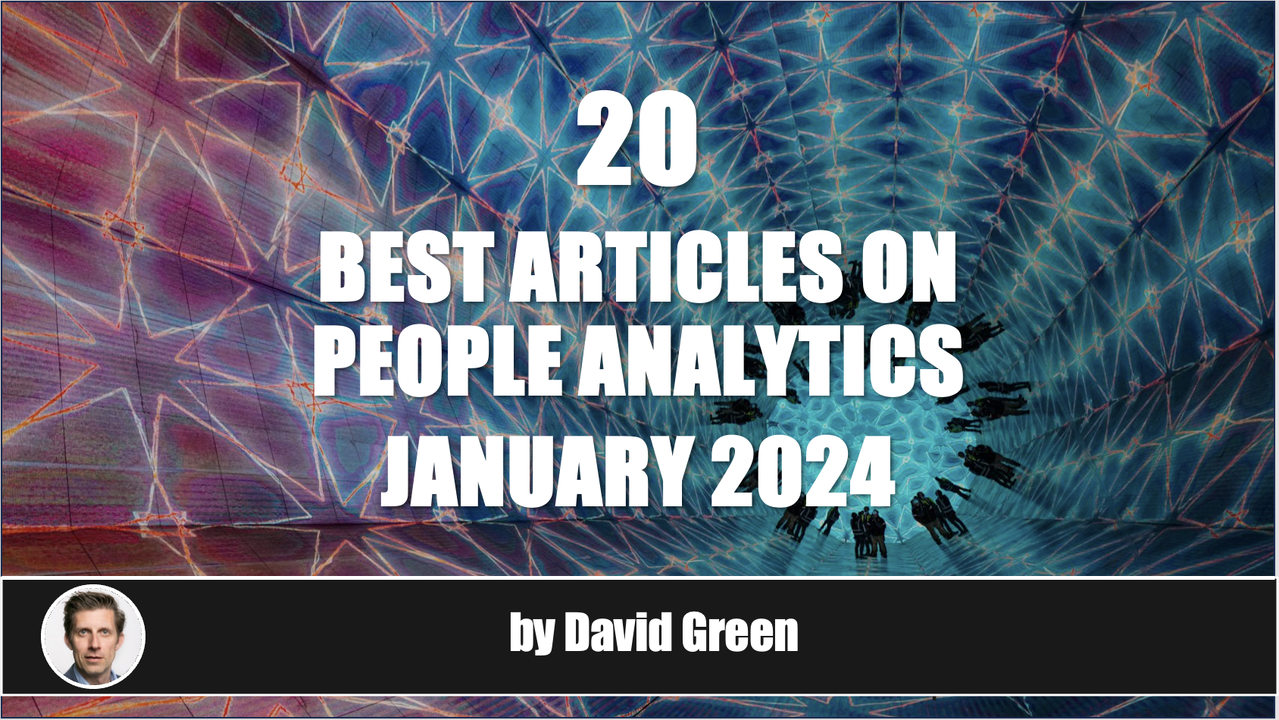 HR trends
HR trends
 HR trends
HR trends
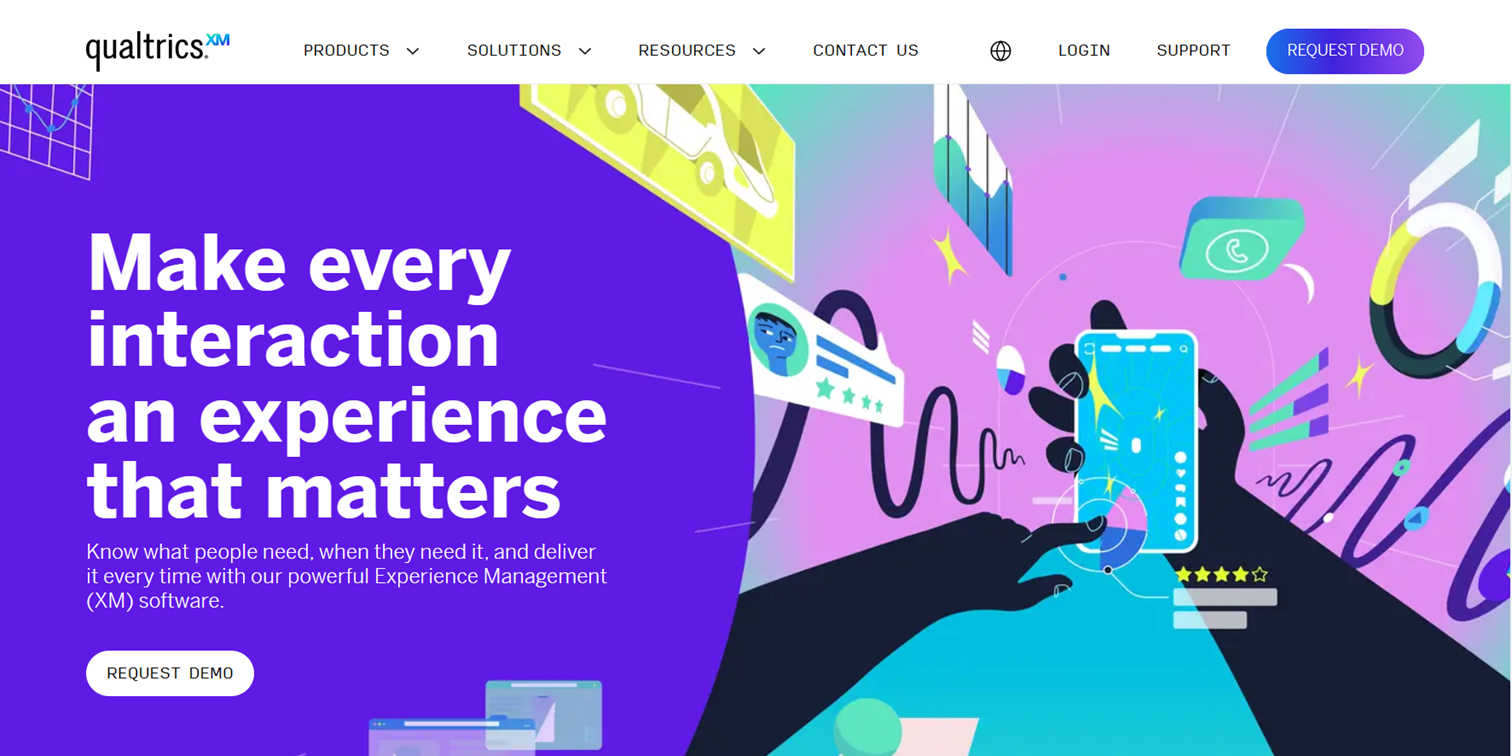 HR trends
HR trends
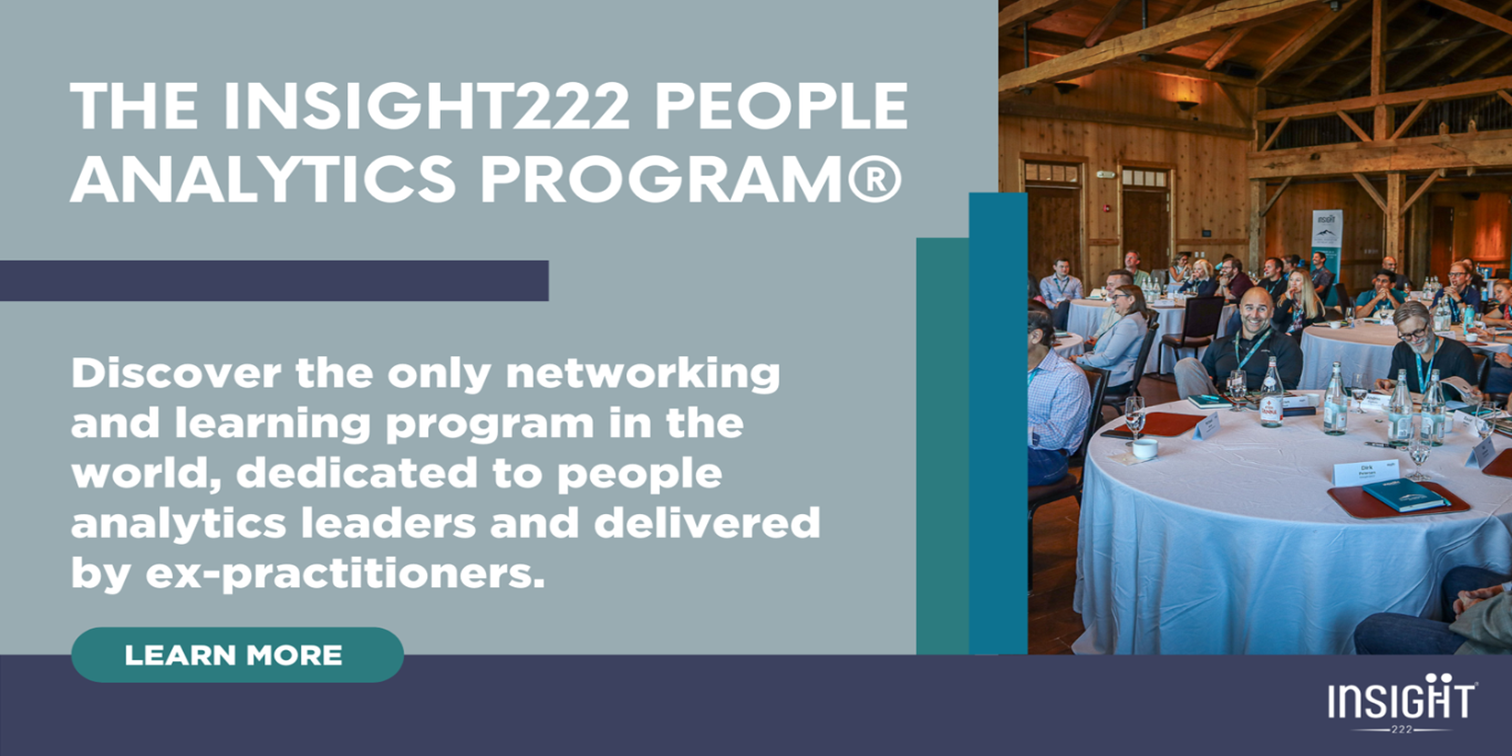 HR trends
HR trends
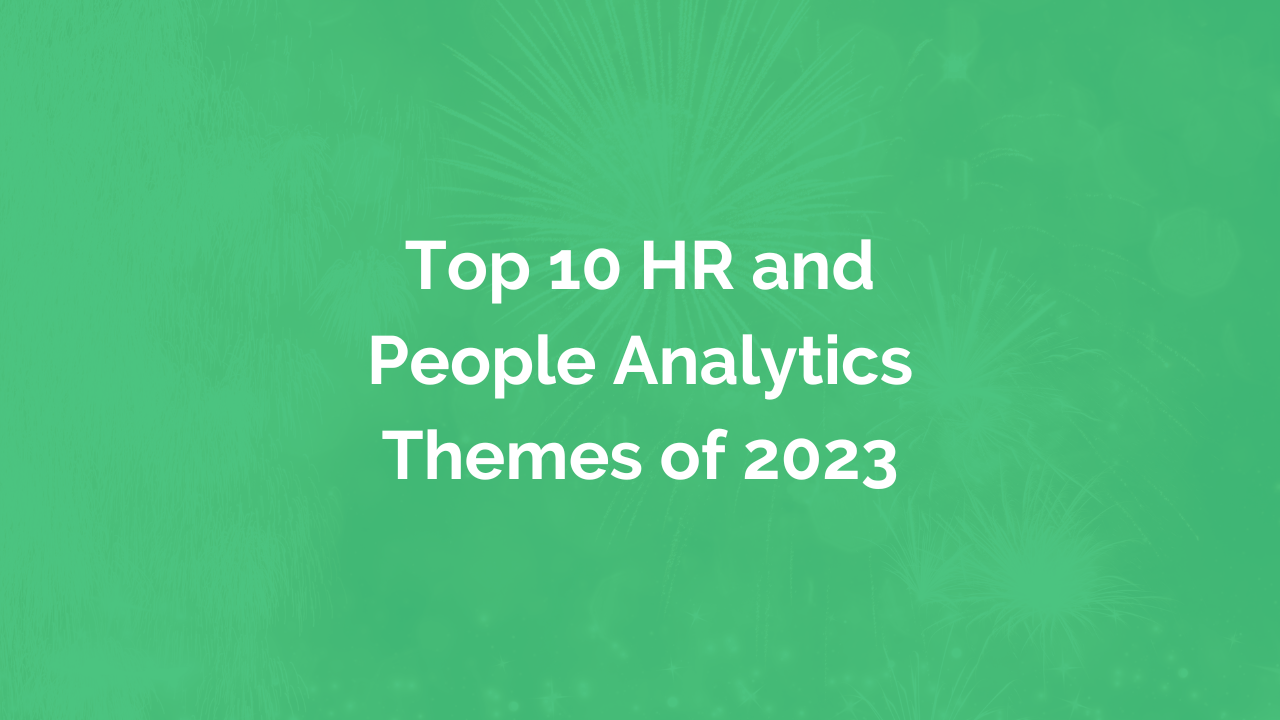 HR trends
HR trends
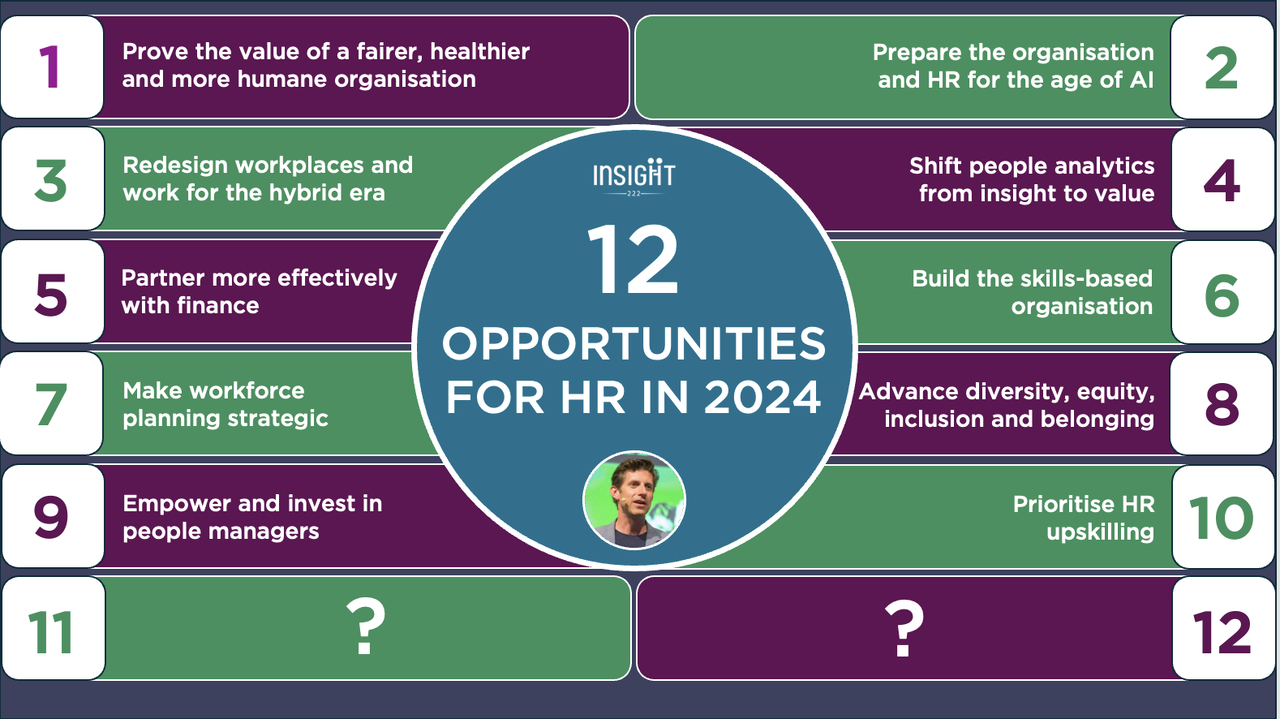 HR trends
HR trends
 HR trends
HR trends





 扫一扫
添加客服
扫一扫
添加客服




